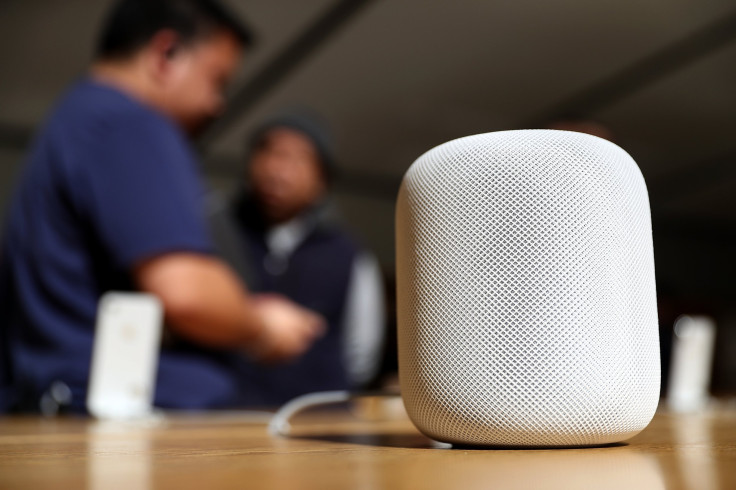Apple HomePod With Camera For Gaze Controls In The Works

KEY POINTS
- A new patent reveals Apple's interest in adding more functionality to the HomePod
- This feature comes by way of a camera that monitors where the user looks at
- The new feature will allow users to do more with their HomePods
Smart home speakers are normally controlled or used in two ways. First, users can operate their smart speakers using the physical buttons positioned in different areas depending on the device. These buttons are used to control playback, among others. Second, users can simply speak to the digital assistants powering their smart speakers, and ask them to do whatever they are capable of.
A new patent application reveals that Apple is looking to make the HomePod more intuitive and useful to many users. According to the patent recently published by the U.S. Patent and Trademark Office (spotted by Patently Apple), future HomePod models might be equipped with advanced cameras that can be used to monitor if a person is looking at it while issuing commands.
Patent illustrations reveal how the new gaze control system could work. Here are a few key takeaways from the patent:
First, it will help the HomePod determine whether the user is asking it to do something or not
Illustrations reveal that the gaze control system will help the HomePod accurately determine if a user is telling it to do something or not. It's entirely possible for a smart speaker to mistake a person's words as a command when they are not. The new gaze control system will help the HomePod determine if what the person is saying is a command or something it should ignore.
Second, the new system will help the HomePod receive instructions more clearly
The new gaze control system will help the HomePod receive a user's command more clearly. For example, a user can ask the HomePod to turn an IoT-enabled lamp on by looking at the HomePod first, then looking at the lamp while commanding the Apple speaker to turn it on.
Third, the new system will improve Face ID
The Gaze control system will improve Apple's Face ID biometric by allowing the HomePod to determine who a person is from a distance. Illustrations show the HomePod differentiating the people inside a room and identifying who they are based on their faces from a distance – whether they're far from where the HomePod is or not.
© Copyright IBTimes 2025. All rights reserved.



















